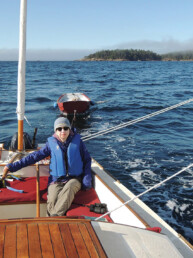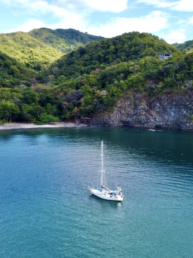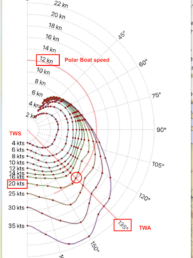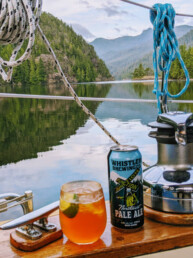Finding the sweet spot for balance on a 20-foot Flicka
A boat that wants to achieve balance is motivating, fun, and easy to sail. An endearing quality of Sampaguita, my Pacific Seacraft Flicka 20, is her willingness to steer herself. I remember the feeling of excitement, having just changed boats from a squirrelly Columbia 26 MKii, when I first realized how easy it was to balance the Flicka. It was easy to imagine the fun and freedom I would have. When single-handing in coastal waters, this quality offers some relief from the helm without additional equipment, yet requires enough attentiveness to maintain safe, situational awareness.
I don’t think Sampaguita is an anomaly, so I’ll give kudos to the designer of the Flicka 20, Bruce Bingham, and his muses. New England workboat inspiration for good lines, a full keel for tracking, a bowsprit for a leveraged sail plan, and a large transom hung rudder. All the usual suspects for creating a stable, well-balanced boat. Thanks Bruce.
I have Sampaguita rigged with a touch of weather helm. When I am racing close-hauled(“is he joking?”), I can sheet the main in tight for maximum speed, a little extra heel, and rounding up for overboard safety. But, if I ease the main a bit, we find her sweet spot for balance, and she will happily take over. It backwinds the luff of the main, but creates better flow over the half-battened leech, streaming the telltales off.
Like any sailing partner, there are compromises. If I let her make her own way, we will concede a little in speed and heading.
Josh Wheeler
Josh Wheeler is an avid writer and sailor who lives aboard on his 20-foot Flicka sailboat. Follow his adventures at sailingwithjosh.com






